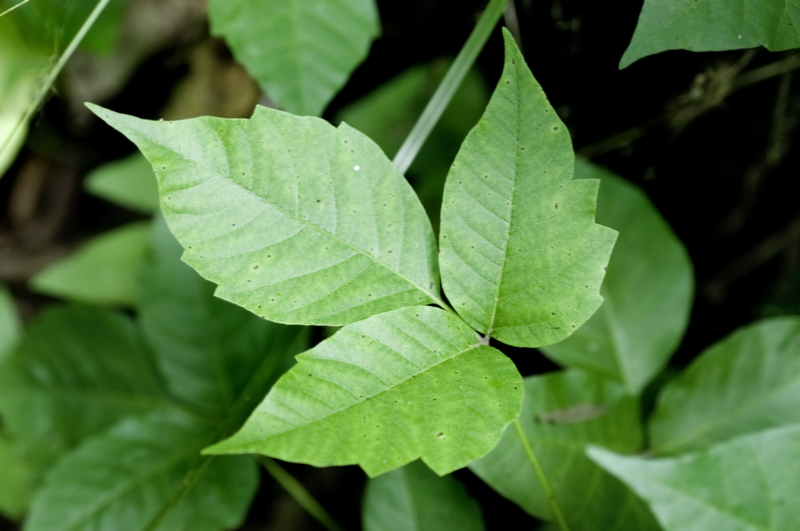Preparedness is the name of the game when it comes to the wilderness. As a result, knowing how to avoid poison ivy and treat its effects are just as important as knowing how to build a shelter.
What Is Poison Ivy?
Poison ivy or Toxicodendron radicans, despite its common name, is not actually an ivy but a member of the cashew and almond family. All the parts of poison ivy are poisonous, from the leaves, branches, seeds, and flowers.
While poison ivy is common in the wild, some adventurous ones could grow in your yard. Make sure to use protective clothing when getting rid of poison ivy, and avoid burning them if you don’t want allergic reactions from the smoke.
One alarmingly amazing fact about poison ivy is how well they adapt to carbon dioxide. They’ve been flourishing as of late, thus indicating the increase in the carbon dioxide level in our atmosphere.
How To Identify Poison Ivy
Effects Of Poison Ivy On The Body And Its Treatment
What’s causing the allergic reactions from poison ivy is the urushiol, which is a clear, oily compound found in the sap of plants. It causes an itchy, irritating, and painful rash in most people who are allergic to it.
Traditional treatment such as calamine lotion and Burrow’s solution relieves discomfort, but have been shown to be ineffective. Amazingly, homemade treatments such as aloe vera, oatmeal, and baking soda have been recommended by dermatologists as treatment.
Plants Which Are Just As Poisonous
Although poison ivy has been the subject of dread and isolation, there are other plants that are just as dangerous. The western and eastern poison oak, poison sumac are also poisonous and even resembles poison ivy to some degree.
Have you come across poison ivy? What other tips do you have for identifying and treating its effects?
Article Source: Homesteading


Not to eat
Article leaves out most important part, Zanfel is a very efffective treatment with releaf in about 10 minutes. Nothing else really works.
I’d never heard of zanfel. Good to know.
This is for my girl. Morgan Carr
One thing this fails to mention is how long urushiol oil lasts for. Urushiol from poison ivy can last anywhere from 1 year to 5 years on any surface and its doesnt evaporate like other water based substances. For example, on bottom of shoes. You will end up tracking the oil everywhere if you dont wipe the shoes you use in the woods. Poison ivy will naturally go away by itself around 2 weeks. (Granted you got all the urushiol oil off your skin) Best way to wipe the oil off your skin is using sections of a facecloth. Dont re-wipe using the same part of the cloth you just use. If you happen to be near a river,pond,laken or a bottle of water. Use that to immediately wash the oil off if you know you just touch poison ivy,oak, or sumac. Even wiping the affected area in dirt and then washing the dirt off again. The oil is like a motor oil to a certain point. It will spread over a large area if you wipe it carelessly. The more you know…
Octagon soap removes the oil
Jewelweed to treat